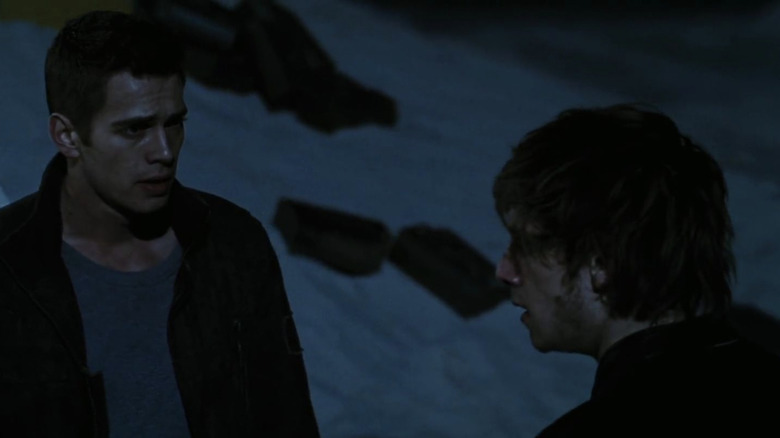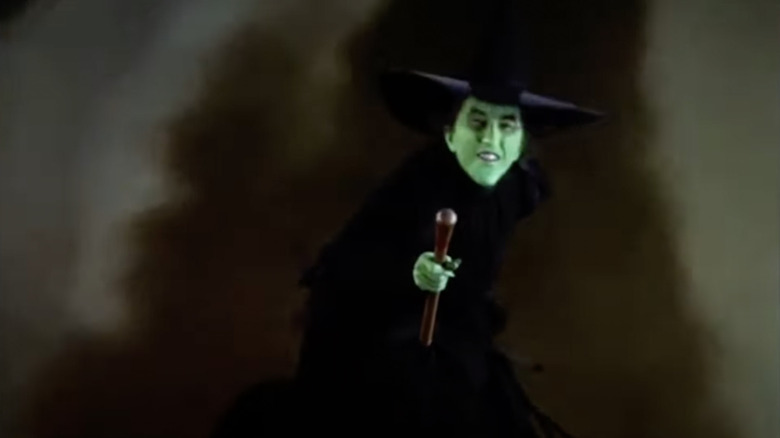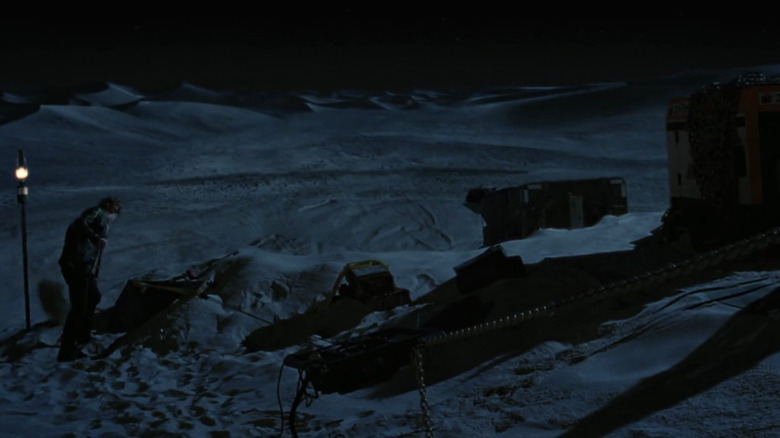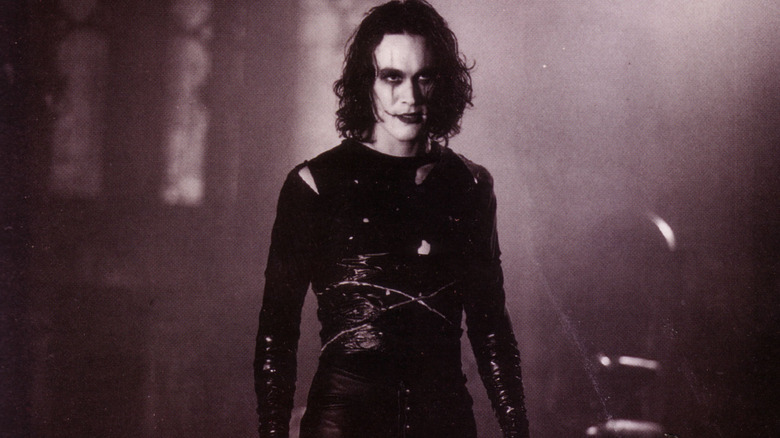
For over a century, the glitz and glamor of Hollywood has been a mesmerizing force in many lives. Through the billion dollar film industry, audiences are offered spectacular characters and fantastic stories that provide a few precious hours of escape from the stresses and worries of the world. Most people choose to keep the film industry as a source of entertainment, but others pursue it as a career path. But while working on a film set can be an exciting avenue for creativity, it can also be a dangerous one.
Despite the fantastical tales that come out of the Hollywood system, film crews are subject to the same reality as workers in other industries, which can include hazardous working conditions and life-threatening injuries. According to The Hollywood Reporter, in 2007, these kind of dangerous working conditions led to the death of a veteran set dresser on the set of "Jumper."
History Of On-Set Injuries

Every film production is a multimillion dollar gamble that can either become the next big thing or the next DVD thrown into Walmart's $5 bin. For this reason, the constant pressures of possible success and failure can also cause massive amounts of mental stress and physical exhaustion. Film crews often endure long days, in potentially grueling conditions, with mounting pressures and little to no sleep. As in any workplace, these factors can lead to unsafe working conditions and life-threatening injuries.
On-set accidents are far from a new phenomenon within the film industry. In 1915, Charles Chandler, a background actor on "The Captive," died instantly after being shot by a live round that had been mistakenly left in the gun; Buster Keaton broke his neck while filming "Sherlock Jr." in 1924; and Margaret Hamilton suffered second and third degree burns on her hands and face after a stunt went wrong on "The Wizard of Oz." Unfortunately, these are just a few examples of crew members' health and safety clashing with the wants and needs of production. At the time of these injuries, there were no laws governing workplace safety, which left employees at the mercy of their industry.
The Occupational Safety and Health Administration (OSHA) was founded in 1971, which introduced health and safety guidelines for all employers. These regulations include fire safety, fall prevention, noise exposure, and pretty much every other potential hazard you can think of. Even after the creation of these regulations, injuries and tragedies continue to occur. On a film set, as in many enterprises, OSHA rules are often broken due to exhaustion, stress, millions of dollars on the line, and deadlines.
The Jumper Incident

As reported by THR, on the Toronto set of the 2007 sci-fi film "Jumper," frozen sand, earth, and ice broke away from an exterior set and fell onto crew members below. One man suffered injuries to his head and shoulders, and 56-year-old set dresser, David Ritchie, died instantly. The incident was investigated by the Toronto police officer, Staff Sergeant Joanne Verbeek, who told THR it was "an unfortunate, fluke accident."
A few months later, the Ontario Court of Justice decided otherwise, and fined Jumper Productions Ltd. $250,000 for failing to follow safety guidelines. The production company pleaded guilty to three counts of violating the Occupational Safety and Health Act. The crew members weren't wearing hard hats, which OSHA regulations require when employees are in areas where objects may fall and hit them.
The Limits Of OSHA

Unfortunately, while OSHA guidelines are meant to prevent workplace injuries and deaths, it seems they haven't been overly successful within the film industry. The Associated Press estimates that between 1990 and 2016, 43 people met tragic ends on set and more than 150 others were left with life-altering injuries. Some set tragedies get press coverage, such as the accidental shooting deaths of Brandon Lee on the set of "The Crow" and Halyna Hutchins while filming "Rust," but most do not. Death or life-altering injuries occurred on the sets of "Top Gun," "Transformers: Dark of the Moon," "Resident Evil: The Final Chapter," "Deadpool 2," "Harry Potter and the Deathly Hallows: Part 1," and "Blade Runner 2049" — none of which received widespread attention in the mainstream media.
It would be unreasonable to expect any industry to be perfect and forever accident-free, but deaths and serious injuries are all too common in the film business. While Hollywood will forever be synonymous with make-believe, it can't be freed from the realities of employee health and workplace safety.
Read this next: Actors Who Died In 2021
The post The tragic Jumper incident that cost a crew member their life appeared first on /Film.
0 Comments